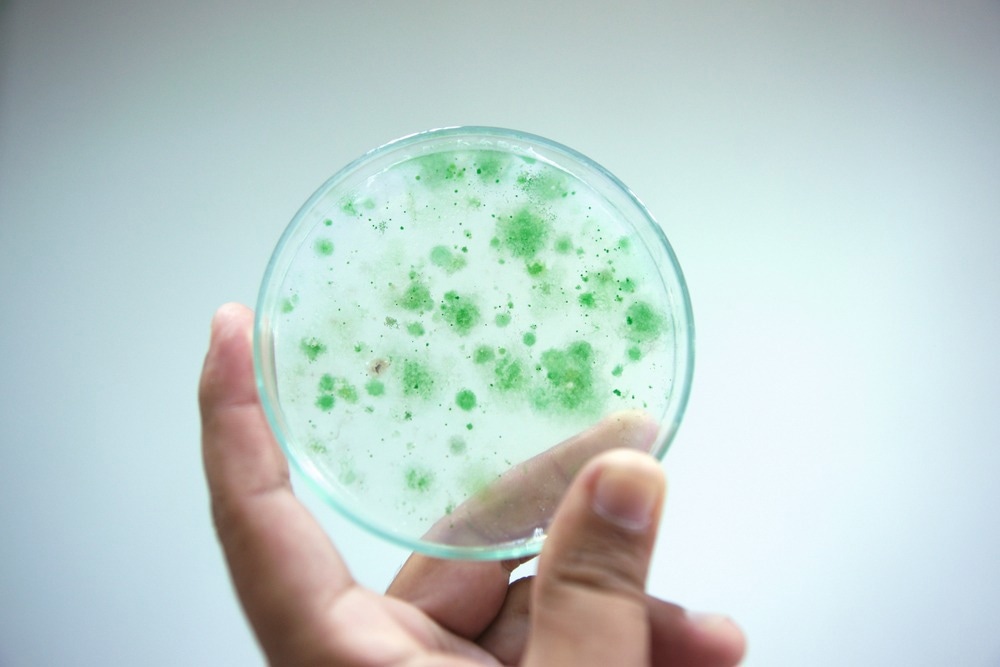Reviewed by Danielle Ellis, B.Sc.Aug 8 2023
Investigators have grown bacterial cells in potential sand-based construction materials, according to a recent study published in Research Directions: Biotechnology Design, a new journal from Cambridge University Press.

Image Credit: Choksawatdikorn/Shutterstock.com
This achievement makes an important contribution to the field of biodesign, which aims to incorporate living organisms into building components to make architecture more sustainable. It is primarily a synthesis of biological and architectural knowledge, with the common goal of improving construction.
Cyanobacteria, which have a wide range of biological activities that impact their environment, may be capable of solidifying inorganic materials such as CO2. This indicates that introducing living organisms into design processes in industries such as construction could be extremely beneficial.
The study describes the latest research into potential sand-based materials.
The process entails integrating a robotic deposition, particularly a sand-based biomixture, with a biological deposition of bacteria, such as cyanobacterial calcium carbonate precipitation, within an architectural biofabrication workflow.
After growing two bacterial strains in potential sand-based construction materials, the researchers used microbiological procedures such as optical density and fluorescence measurements to track bacterial growth and activity. The larger goal was to harvest light through photosynthesis, use it for CO2 deposition, and use calcium carbonate sedimentation to intensify sand-based construction materials.
Eventually, the researchers were successful in developing a robotic deposition system for sand-based mixtures.
The study was conducted by researchers from the faculties of architecture and town planning, as well as biotechnology and food engineering at the Technion Israel Institute of Technology in Haifa, Israel.
Asst. Prof. Shany Barath, Director of Disrupt.Design Lab, and PhD Candidate Perla Armaly, of the Faculty of Architecture and Town Planning, gave additional details on the significance and impact of the research.
“The experiments presented in our study offer a novel design approach to producing bio-based architectural components potentially capable of fixating carbon dioxide throughout an additive co-fabrication workflow,” they noted.
The authors added, “Society needs paths towards more sustainable construction materials – and we hope to develop one of these paths. Our hope is that our study’s findings will encourage further collaboration between architects and biologists, creating and enhancing building materials, and in turn fostering more sustainable construction. By working together across disciplines, we can find innovative, unexpected solutions—and that’s something to get excited about.”
Source:
Journal reference:
Armaly, P., et al. (2023). Prototyping an additive co-fabrication workflow for architecture: utilizing cyanobacterial MICP in robotic deposition. Research Directions: Biotechnology Design. doi.org/10.1017/btd.2023.5.